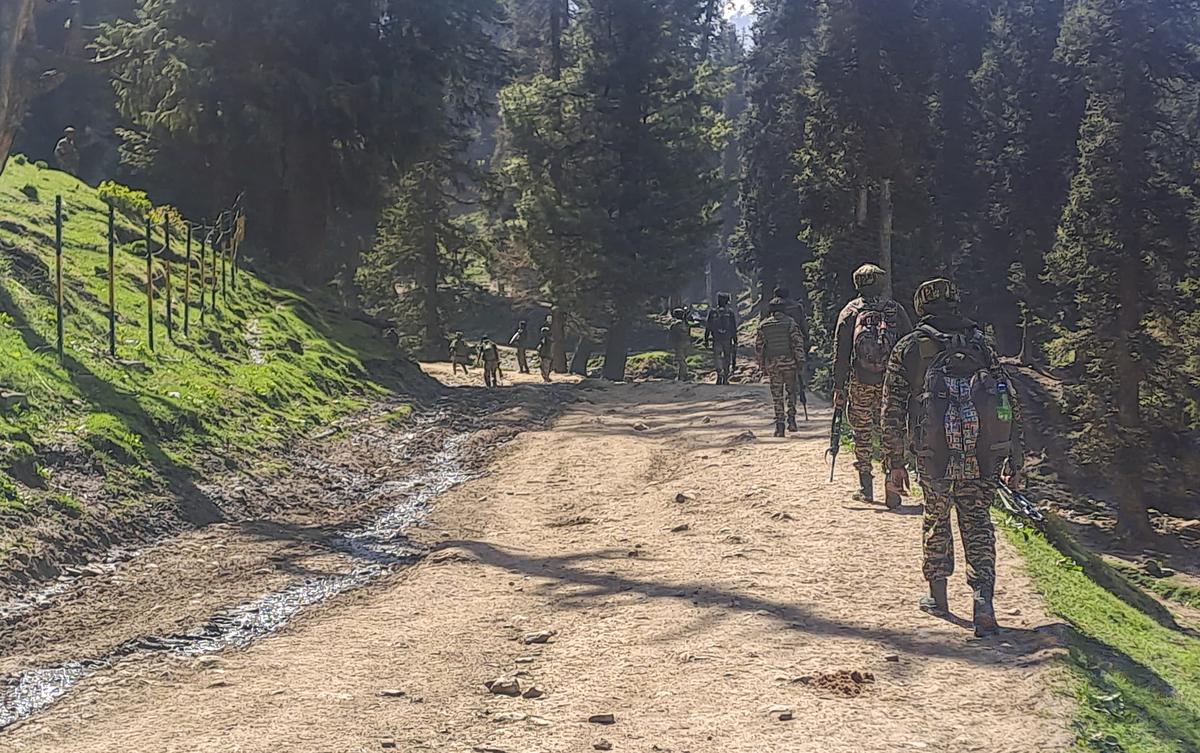(This is the latest edition of the Political Line newsletter curated by Varghese K. George. The Political Line newsletter is India’s political landscape explained every week. You can subscribe here to get the newsletter in your inbox every Friday.)
War brings clarity, though it might also lead to erosion of all nuances. In the ongoing discussions in India on the conflict with Pakistan, some points are notable, and of long-term consequence. Indian thinking needs to have clarity and nuance, both at once, though that is not an easy task.
First of all, there is an explicit announcement by the BJP-led Central government that India is a multi-religious and pluralistic country, and that is a fundamental distinction it has with Pakistan. Pakistan was founded on the principle that nationhood is defined by religion, and Muslims and Hindus cannot be part of the same nation. History has proven, many times over, that religious nationalism is limited even in its best phases, and can turn dangerous and destabilising any time. A look around India’s own neighbourhood is instructive. Pakistan, Sri Lanka, and Bangladesh are examples of religious and linguistic chauvinism wreaking social and political havoc. Pakistan’s Army Chief Asim Munir said, almost as a prelude to the Pahalgam terror attack on April 22, that his country ought to continue to teach its new generation that Hindus and Muslims cannot be part of the same nation. In stark contrast, Indian officials, civilian and military ones, underscored the principle that India is democratic and pluralistic during their briefings on the conflict. The Indian political leadership spoke about unity and harmony, though it avoided any direct reference to the religious pluralism of the country.
A second point that was evident during the last few days is the dangers of a jingoistic media and a warmongering and myopic strategic community. The paradox is that those who were self-proclaimed supporters of the BJP and its government did the maximum damage to India’s standing and its point of view in the last few weeks. Prime Minister Narendra Modi, in his first address to the nation after the conflict began, underscored the two pillars of India’s mature and democratic statesmanship — strength and restraint. A strong nation decides when to strike, and it also decides when to stop. But restraint has become such a sullied word that pro-BJP anchors and many supporters of the party would not accept ceasefire as a sensible conclusion to the conflict. This leads us to a more fundamental question — the desirable nature and extent of public discussions on policy, particularly on security issues. A society cannot be democratic if it does not have discussions on state policy; but if those discussions are hijacked by ill-informed TRP chasers, no sensible policy can ever be pursued. People on the right and the left have only one frame of reference — how can India be even more strident in national security matters. The Centre has to work on building a national strategic culture, which combines India’s idea of the self, and its approach to pursuing progress and defending itself from dangers. The first and the most essential step in this direction is to insulate national security conversations from domestic politics. If sensitive security issues, internal and external, are put in the centre of electioneering, that would be a race to the bottom. Common sense will be replaced by competitive jingoism, and the outcomes will be detrimental. The government will be hamstrung.

Anantnag: Security personnel during a search operation at Baisaran area of Pahalgam to nab attackers of the Pahalgam terror attack, in Anantnag district, Jammu and Kashmir, Wednesday, April 23, 2025. (PTI Photo) (PTI04_23_2025_000081B)
| Photo Credit:
–
The third point is that the government and the public should become more aware of how India relates to Pakistan. If India is a luxury car gliding through a busy crossroads, Pakistan is a deranged drifter looking for an opportunity to throw a stone. Now, this leaves India in a typical dilemma — whether to try to settle the nuisance once and forever or try to avoid all contact. Not an easy choice, but to stop your car and engage with a street hooligan is not exactly wise. He has stones, and a can of kerosene; you have a luxury car, and a place to go to. ‘Tit for tat’ and ‘an eye for an eye’ are very catchy slogans, but what India does should be decided by its strategic objectives. Least of all, it should be dictated by some slogans that might animate an election rally somewhere.
Federalism Tract: Notes on Indian Diversity
Power of the unelected
A recent Supreme Court judgment had prescribed time limits for the President and Governors in the exercise of various options they have in dealing with a Bill passed by a State Assembly. In essence, the court sought to uphold the law-making powers of State Assemblies, and curtailed the arbitrary powers of Governors and the President to undermine it. Now, the President has taken up the issue again with the Supreme Court through a Presidential Reference.
Birth stories
Uneven population growth across States is one reason for regional disparity across India, and often the source of disputes and conflicts. Recent data show that birth rates in Tamil Nadu, Delhi, and Kerala are declining at twice the rate of the national average, whereas States such as Rajasthan and Bihar have rates higher than the national average.
Rallying behind the flag
The flare-up on the India-Pakistan front has led to a change in the posturing of many political actors, and a notable one was of Tamil Nadu Chief Minister M.K. Stalin. By walking 3.8 km in the heat of Chennai, in a rally to express solidarity with the Indian armed forces, the CM sought to place himself firmly in the nationalist camp in the midst of many conflicts with the Centre on State autonomy, powers, and rights.
Published – May 16, 2025 02:37 pm IST
